The AK-47: a malevolent ‘super-power’ that changed the course of history
The Avtomat Kalashnikova 1947 model is arguably the world’s deadliest ever weapon. Len Williams finds out why it has become so widespread, being used in conflicts around the world, most recently during the war in Ukraine
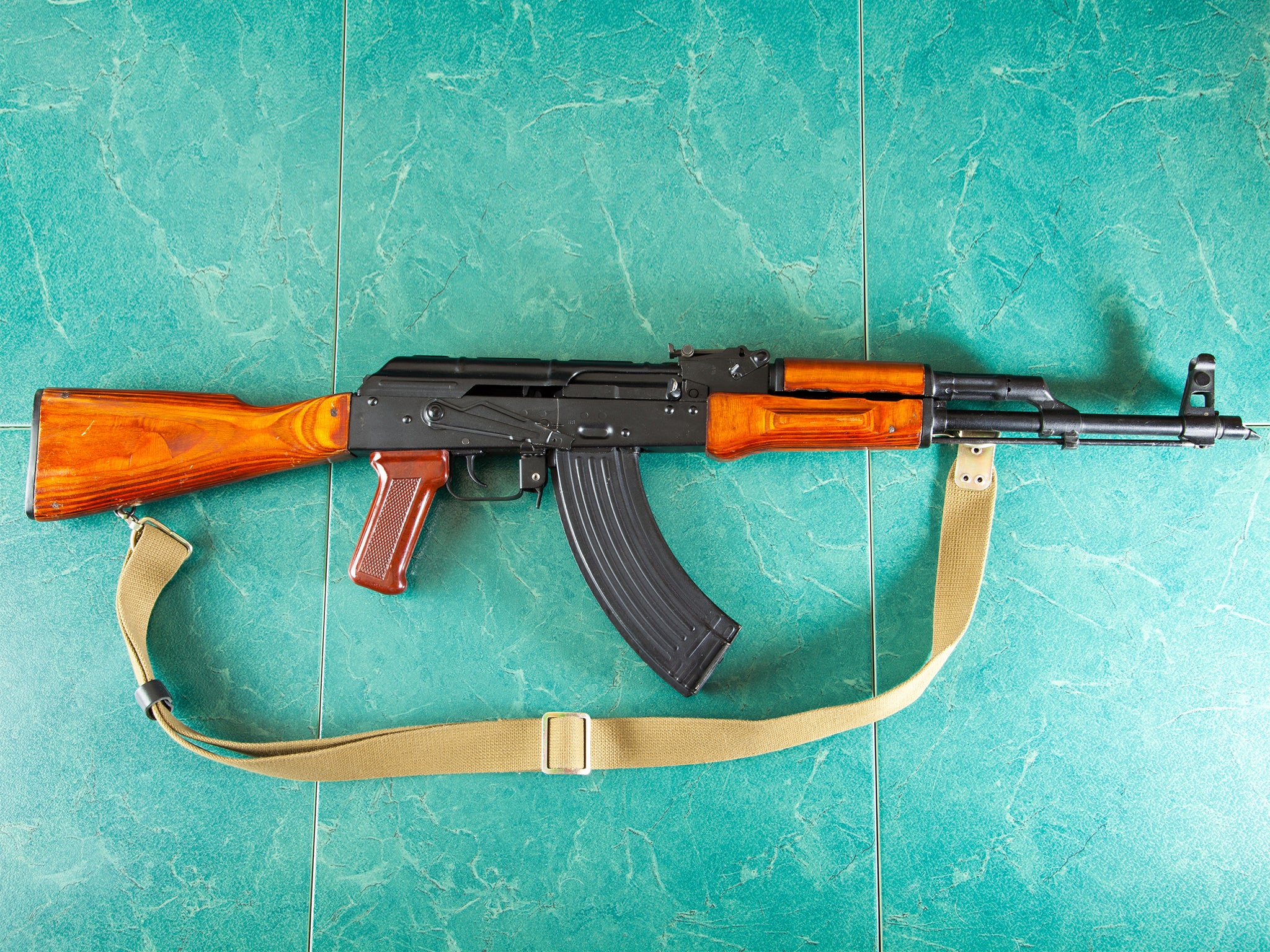
When I lived in southern Sudan, I would hear bursts of [AK-47] gunfire at night three or four times per week,” recalls David Lochhead, senior researcher at the Geneva-based Small Arms Survey. “If it was just a three-round burst, you knew it was nothing to worry about,” he says, because shooting off a few bullets is simply an extravagant form of greeting among some Sudanese. It was when the firing became more sustained that Lochhead would start to worry.
The AK-47 is surely the most recognisable rifle in the world. The gun, with its banana-shaped magazine, is used by professional armies, militias, criminals and revolutionaries the world over. Estimates vary, but it’s believed there are at least 100 million of them in circulation today, and countless people have been killed or maimed by the weapon.
Its cultural cachet is immense, too – it appears in computer games, films, music videos, even on the national flag of Mozambique. In many countries, it has attained the status of a prized heirloom. For instance, Lochhead says, in East African pastoralist cultures, the weapon is passed down between generations, just as family swords would have been in the past. “I’ve worked in places where people fire them for celebrations, weddings, or even just to announce ‘I’m back home in the village,’” Lochhead says.
How did a weapon designed in the dying days of the Second World War go on to have such a global impact, and why is it still so widely used today?
The story of the AK-47 begins in a Soviet military hospital in 1941. Mikhail Kalashnikov, a tank division soldier, was recuperating after being wounded in combat. While in hospital, he overheard other convalescents bemoaning their unreliable rifles, which would often jam. Their Nazi opponents, by contrast, were already using the Sturmgewehr 44, a weapon that allowed them to shoot multiple rounds accurately at targets in relatively close proximity.
Kalashnikov, an engineer who had no weapons training, set about designing a new submachine gun inspired by the Sturmgewehr 44 and other assault rifles that were introduced during the war. He began working at the Red Army’s weapons unit, and eventually won a competition to design a new gun for the army in 1946.
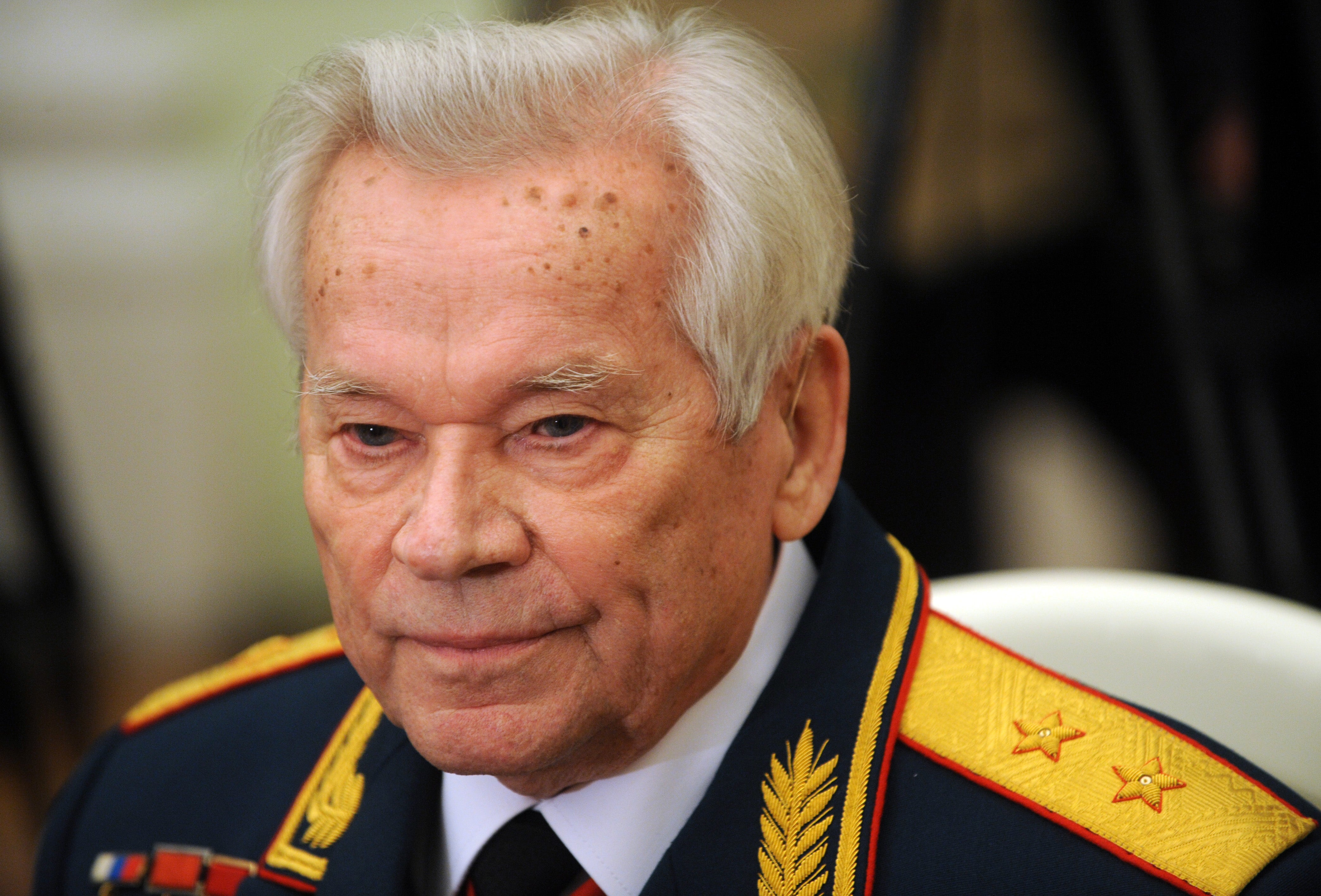
Michael Hodges, author of AK47: The Story of the People’s Gun, says Kalashnikov once told him he had designed the rifle “to defend my motherland, to beat the fascists”. His invention featured a number of ingenious innovations. It has just seven moving parts, a gas-operated piston, and features a chrome-lined chamber to prevent corrosion. The weapon was found to be accurate up to 300m, was reliable and lightweight, and had relatively little recoil.
AK-47s went into production in 1947, and soon became the Soviet army’s weapon of choice. The “Kalash”, as it is known in Russian-speaking countries, was also licensed out to other Warsaw Pact countries (Russia, plus several eastern European and central Asian nations that comprised the Soviet Union). While the weapon has had numerous upgrades and improvements over the years, the basic design remains the same as in Kalashnikov’s original model.
“Seventy-five years after it was invented, the Kalashnikov retains an eerie ability to subvert narratives of Western superiority,” says Hodges. For those who use it, the gun is “a super-power if you will, albeit a malevolent one.”
Kalashnikov’s gun is surely the most successful weapon of its type, ever. How did it achieve this status?
The war in Vietnam was arguably the watershed moment for the AK-47. The communist side were supplied by the Soviets and China with millions of Kalashnikovs
The first factor in its global spread was the fact that it is relatively simple to manufacture, notes David Lochhead, and the gun’s technical data package was shared with many of the countries that had signed up to the Warsaw Pact. As a result, the armies of several nations could soon produce this weapon and quickly arm their soldiers with a powerful tool.
But it was the “hot part of the Cold War” that really led to the gun’s prominence, Lochhead explains. The Soviet Union distributed the gun to its proxy forces around the world, including armies in allied nations, as well as rebel groups and militias elsewhere. The West was hardly innocent at this time either, distributing its own assault rifles, including the American M16, the Belgian FN FAL and the German G3 to various groups and governments it backed.
The war in Vietnam, however, was arguably the watershed moment for the AK-47. The communist side were supplied by the Soviets and China with millions of Kalashnikovs, and the weapon was found to be extremely reliable in Vietnam’s steamy tropical jungles. Unlike American-made M16’s, the AK-47 worked even if submerged under water. It needed little cleaning or maintenance, was well suited to close combat, and rarely jammed. Indeed, there were numerous reports of American troops swapping their M16’s for captured Viet Cong Kalashnikovs because they were seen as more effective in the field.
AK-47s were spreading across Asia, the Middle East, Africa and Latin America throughout this time. The weapons were used widely in anti-colonial wars and Cold War conflicts. In the Soviet-Afghan war of the 1980s, for instance, the Mujahideen begged their US backers to provide them with China-made AK-47s, which they eventually did.

Multiple wars undoubtedly contributed to the rifle’s spread, but the Balkan conflicts of the 1990s were especially significant. Before the break-up of Yugoslavia, the country’s military used the Zastava M70, a weapon more or less identical to the Kalashnikov, which was used extensively by all sides. After the fighting ended, many combatants took their guns home, and this led to an illicit arms trade, with gangsters and terrorists buying up the weapons on the black market.
The rifle has a particularly strong association with terrorism. “They’re the preferred weapon of terrorists simply because they’re so ubiquitous,” Lochhead says. Osama bin Laden, the founder of the al-Qaeda militant extremist group, was famously pictured holding the gun, as was “Jihadi John”, a British Isis terrorist. The guns have been used by armed groups worldwide, from the IRA to the Shining Path to Isis, Boko Haram and the Tamil Tigers, among many others.
“During the 2015 assault on the offices of [French satirical magazine] Charlie Hebdo, attackers Cherif and Said Kouachi used AK-47s to kill 12 people,” notes Hodges. “Afterwards, Emmanuel Quemener, of the French police union Alliance, said, ‘They had weapons of war, including Kalashnikovs.’ He spoke as if the use of AK-47s projected the murderous attack into a further realm of outrage.” Later that year, two variants of the AK-47 were among the weapons used by the terrorists who stormed the Bataclan concert hall, killing 90 people.
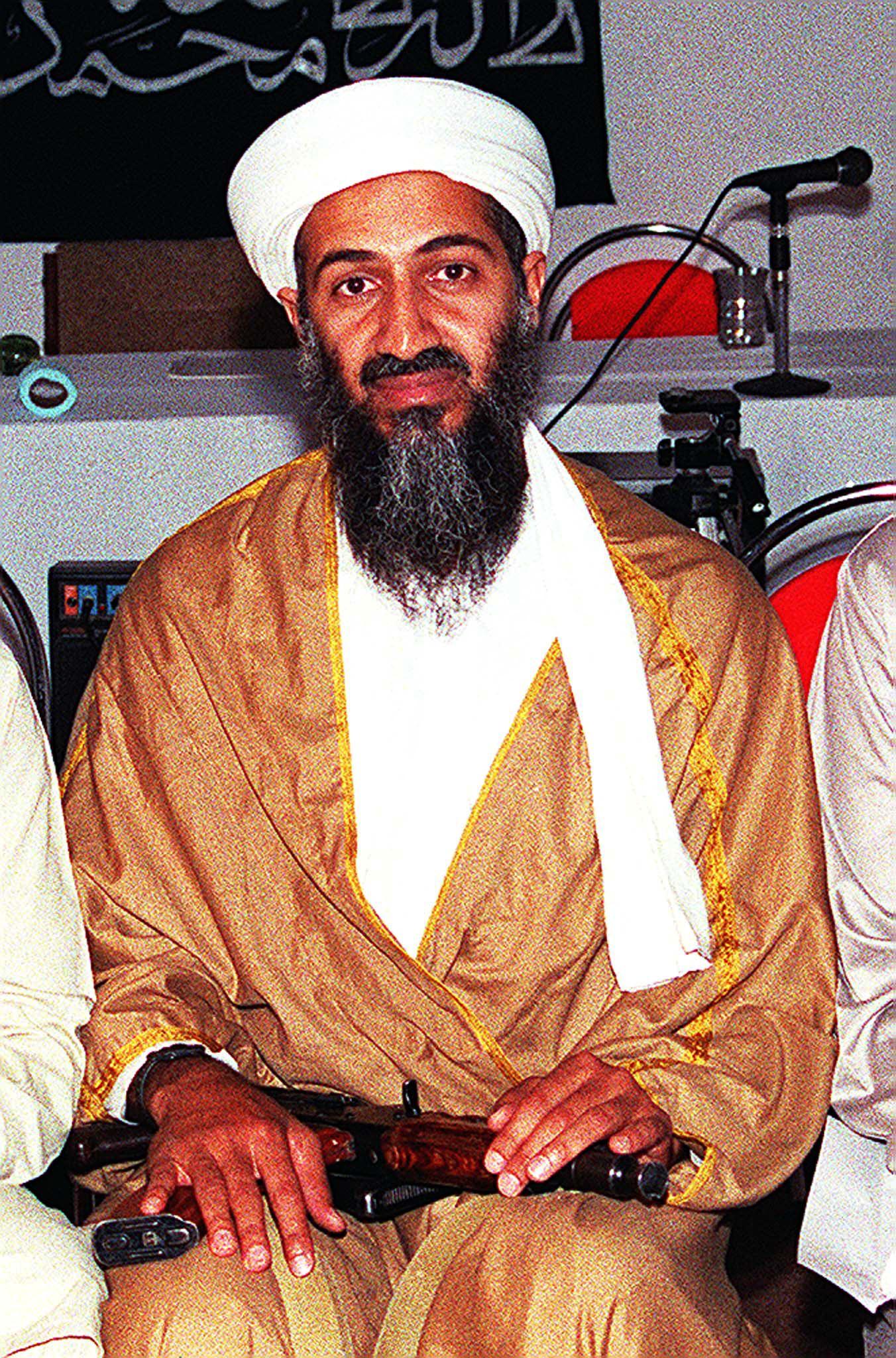
It can be hard to imagine the impact of an AK-47 if you’ve never seen or heard one in real life. But someone who has experienced the weapon being used in earnest is Ollie Ollerton, a former Special Forces operative and founder of Breakpoint, a corporate training company. Ollerton explains:
“One of the scariest moments of my life happened while I was contracting in the Middle East. I was escorting some VIPs from Amman to Baghdad when our convoy came under attack from a Mercedes with blacked-out windows. It was when the vehicle was sat right behind us, on the bumper, that the AK-47s came out and the bullets started flying.”
Ollerton, who has also appeared on the Channel 4 TV show SAS: Who Dares Wins, continues: “AK-47 fire is very distinctive and very intimidating. And four AK-47s firing at the same time, when you’re on the receiving end and doing 140km/h (87mph), is a crescendo from hell, like some hellish orchestra – extremely noisy and extremely nasty. In fact, and rather appropriately, it sounds like the cracking that signals the start of an avalanche. It was hideous and not something that I’d want to go through again.”
Today, AK-47s remain “very prevalent in all contemporary armed conflicts,” Lochhead tells me. In the current war between Ukraine and Russia, both sides have been seen handling these weapons or their variants. Through his work, Lochhead says he’s seen conflict scenarios where all sides have all been using the gun.
Which poses the question, why is a weapon that’s the best part of a century old still in use today?
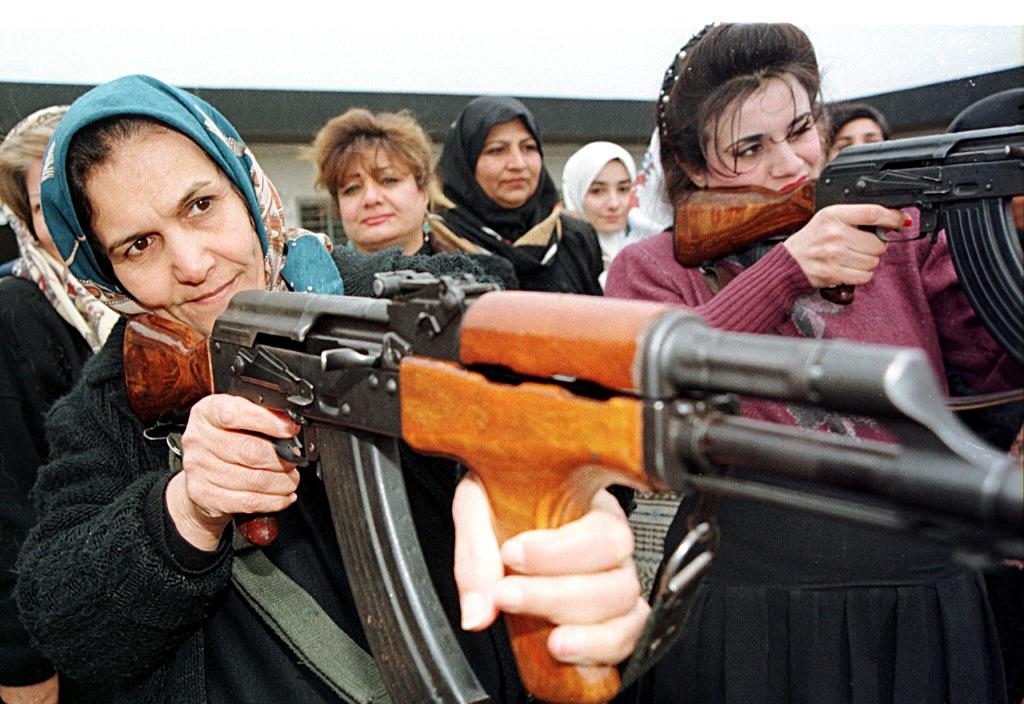
Ultimately, AK-47s remain the weapon of choice around the world because they’re incredibly reliable. Lochhead says that, through his previous work with the UN, he has come across some of the earliest variants of the gun from the 1940s and 50s still in use in the field; weapons that otherwise could qualify as museum pieces. Over time, Kalashnikovs have been updated to make them more accurate, to improve their optics, or to make them easier to handle, but the original “is not an obsolete design”.
As noted above, Kalashnikovs have just seven moving parts. This, says Hodges, “made them essentially impervious to most adverse conditions”. There are reports of the rifles being submerged in water or buried in sand for months on end, and still being able to be picked up and used right away.
But besides their durability, AK-47s are also incredibly simple to operate. They’re lightweight (coming in at just over 4kg when loaded) and foolproof – people can be trained to assemble and use the guns in a matter of minutes. These factors are surely part of the reason they’ve often been used by child soldiers. The guns also have relatively little recoil and are therefore invaluable in close-quarters combat.
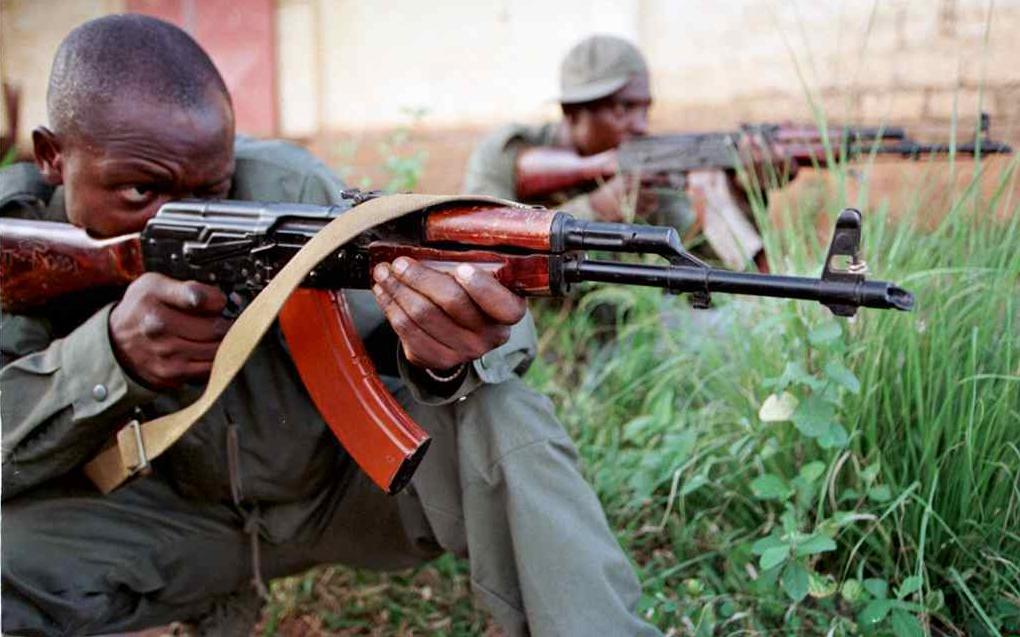
Today, the guns are traded around the world on both legal and illegal markets. According to 2017 figurescollated by data website Statista, a black market AK-47 can cost as little as $600 (£510) in Afghanistan or $700 (£596) in Iraq, rising to $1,200 (£1,021) in Mexico and $2,100 (£1,787) in Syria. As The Independent reported in 2006, they’ve even been traded in exchange for livestock in some countries, valued as they are by herdsmen.
It’s impossible to say how many people have been killed by AK-47s, or exactly what the weapon’s impact on the course of 20th-century history has been. But what if it hadn’t been invented; surely something similar would have come along anyway?
Hodges thinks not. “The Soviet Union needed an assault rifle for the millions of soldiers who were going to beat back the Nazis,” he reminds me. “In the end, the war was over by the time the rifle went into production, but the point stands – no Nazi invasion, no AK-47.” And, without the Soviet Union, the gun wouldn’t have spread. “I’d argue the AK-47 is a unique product of time, place and circumstances, and all that followed – especially anti-colonial resistance in Vietnam, the Middle East and Africa – flows from this conjunction of events.”
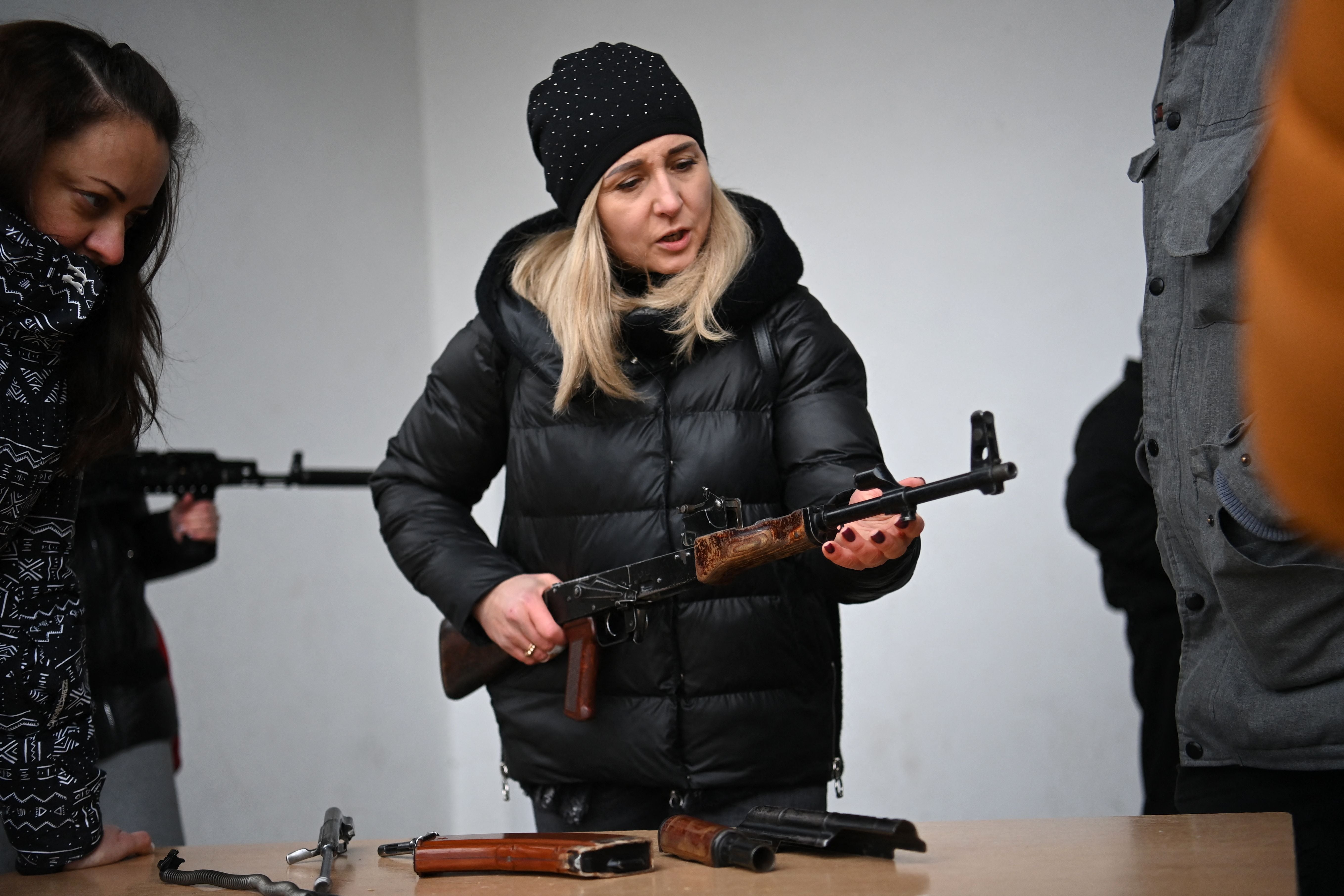
The gun’s unique combination of accuracy, reliability, ease of use and ability to be mass-produced all meant that it outperformed its competitors. It’s helped overthrow regimes, and turned the tide of wars.
So, what did the man who invented the AK-47 think of his creation? For decades, Kalashnikov, who never made any money from his unpatented invention, claimed to be proud of the gun. At a 2007 event to commemorate its 60th anniversary, he boasted: “During the Vietnam war, American soldiers would throw away their M16s to grab AK-47s and bullets for it from dead Vietnamese soldiers.” And indeed, one Vladimir Putin said at the same ceremony: “The Kalashnikov rifle is a symbol of the creative genius of our people.”
Nevertheless, in the final year of his life, Kalashnikov seemed to have had a change of heart. Months before his death in December 2013, the inventor wrote a letter to the head of the Russian Orthodox Church, saying: “The pain in my soul is unbearable. I keep asking myself the same unsolvable question: if my assault rifle took people’s lives, that means that I, Mikhail Kalashnikov ... am responsible for people’s deaths.”




Join our commenting forum
Join thought-provoking conversations, follow other Independent readers and see their replies
0Comments